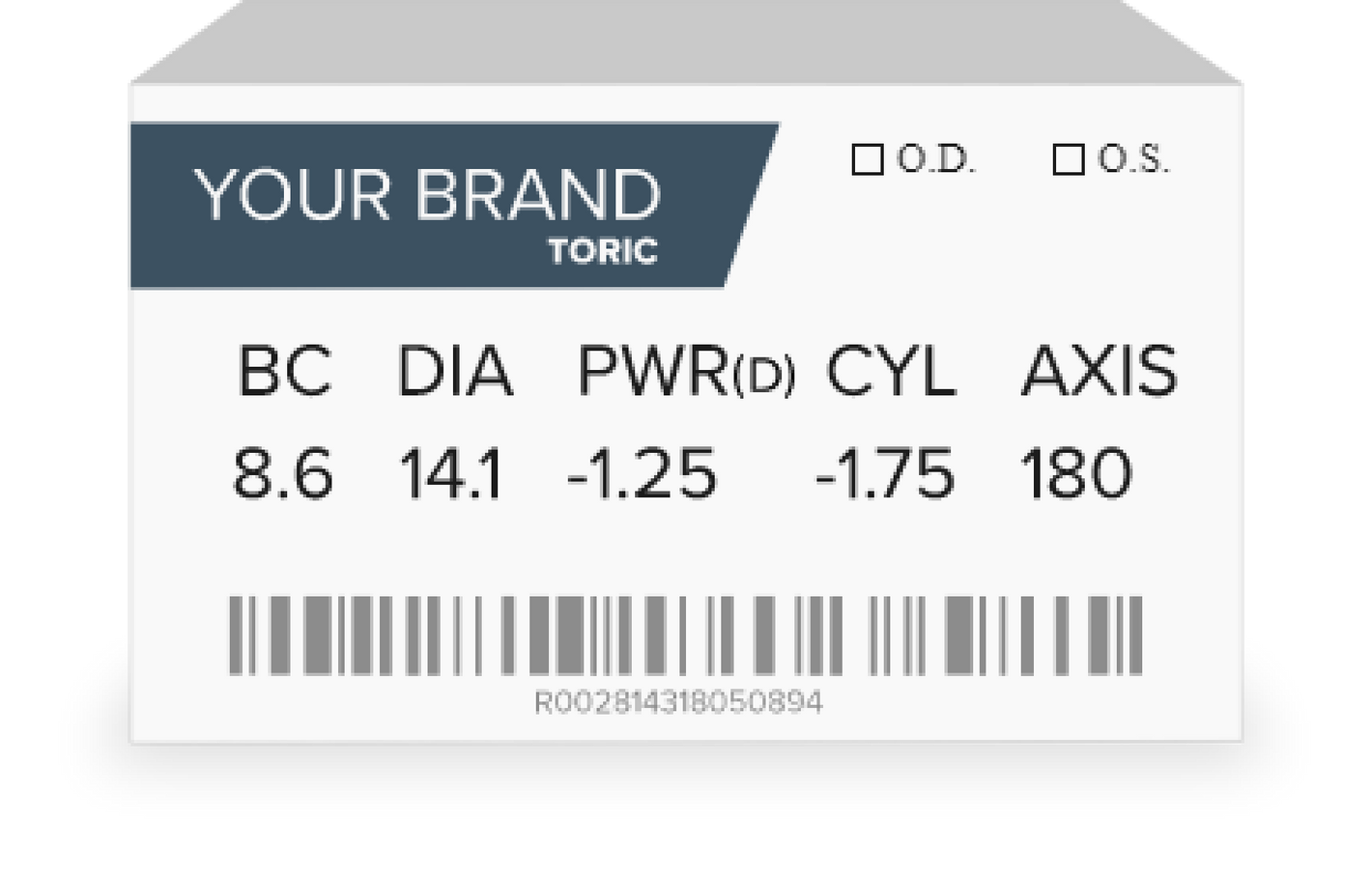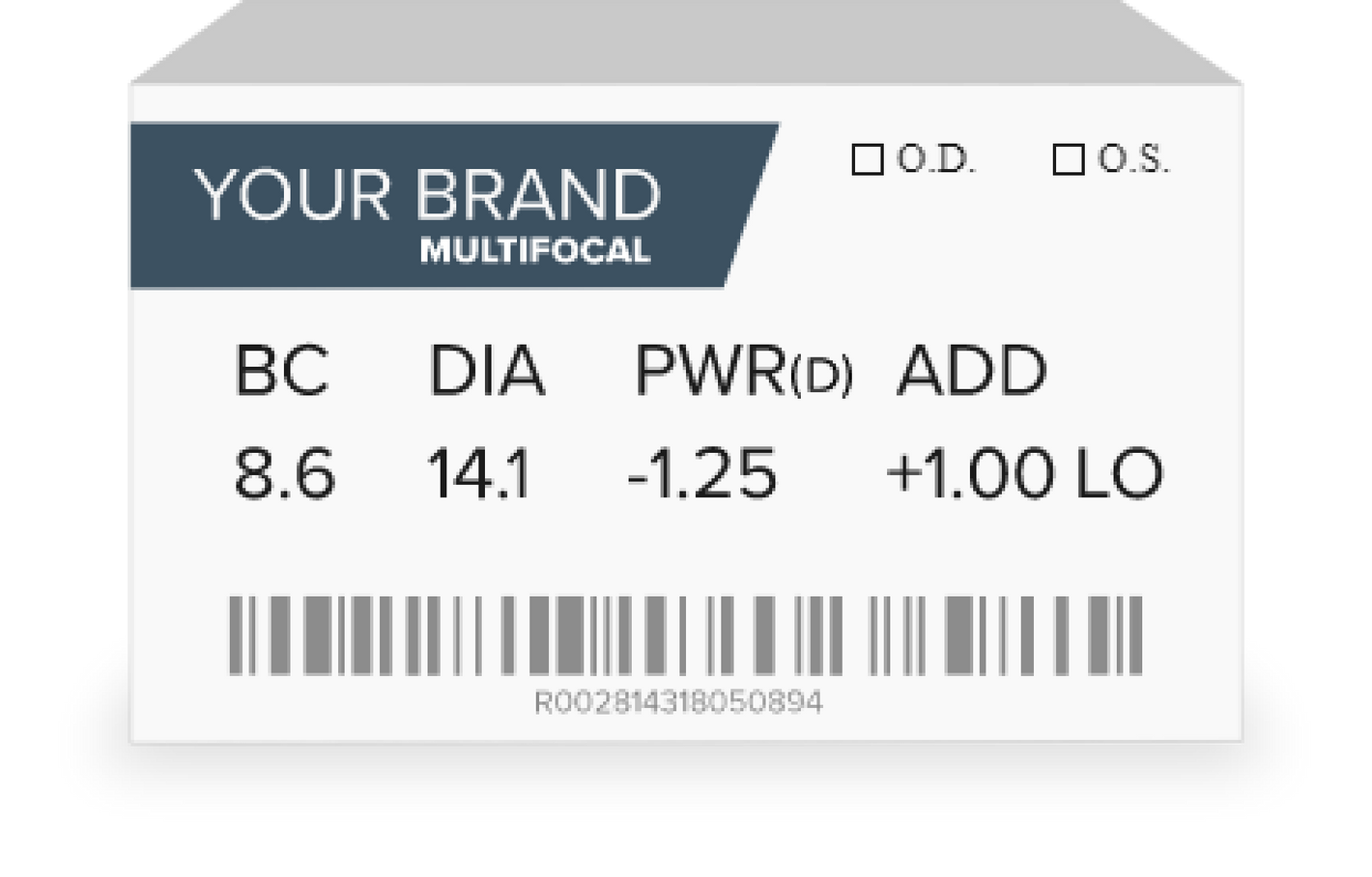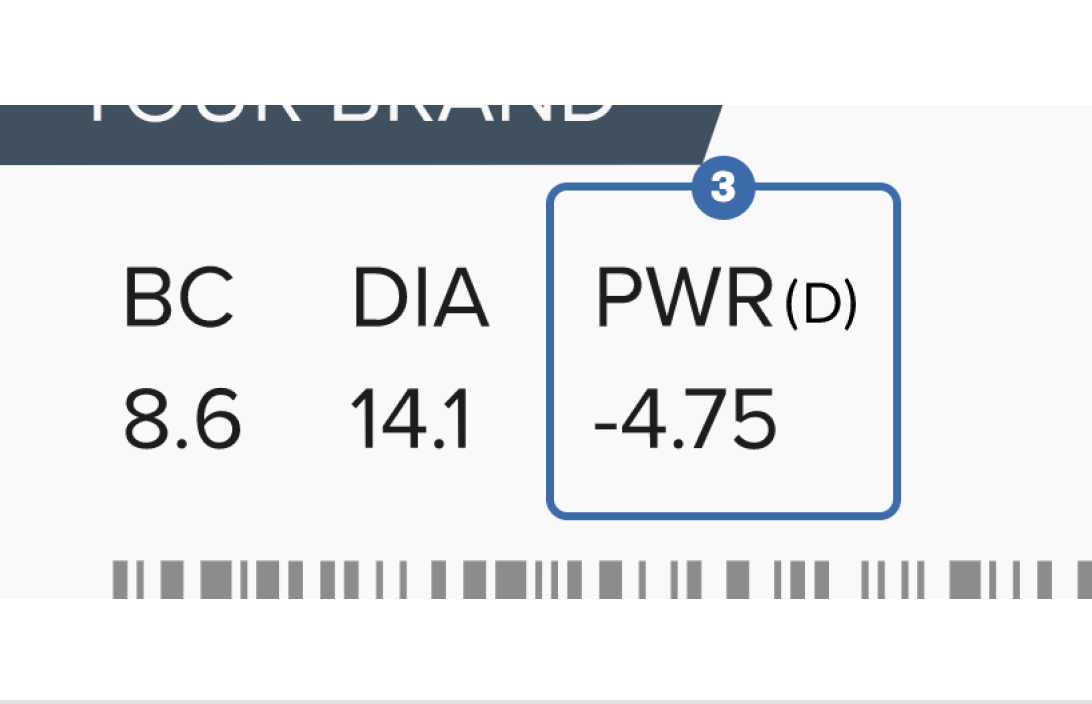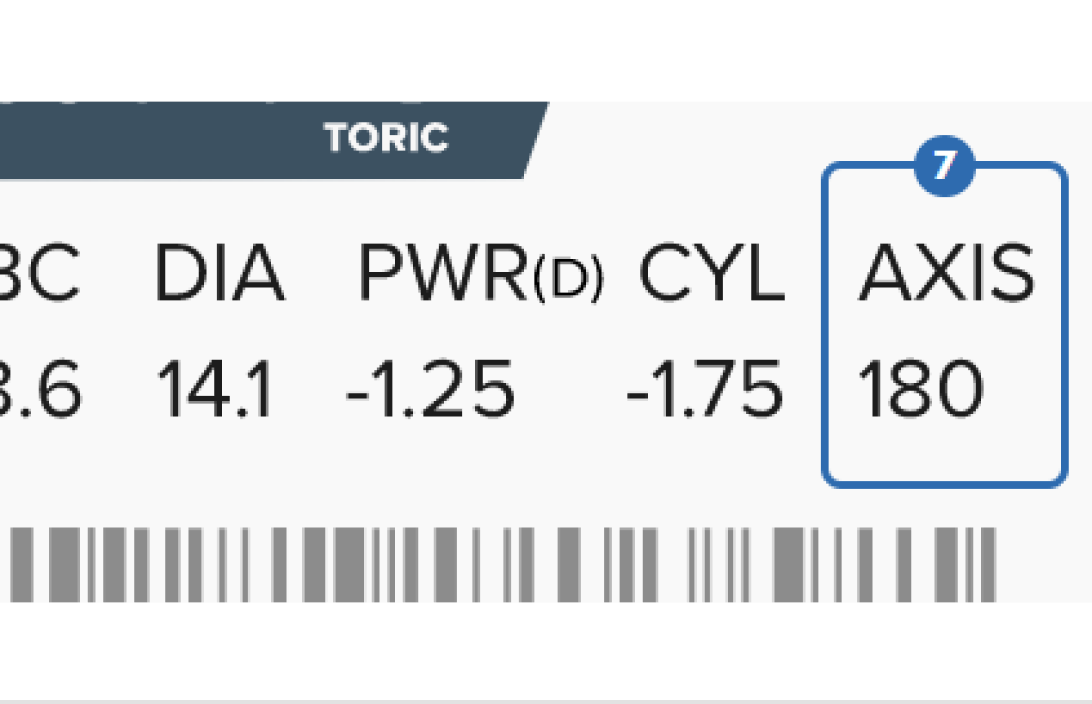View the prescription...



This is just a sample prescription. Yours will likely look different but should contain the same information.

Frequently asked questions.
What if my prescription is expired?
I can't be bothered with this online stuff! Can I still order by phone?
What if I don’t have a copy of my prescription?
I can't be bothered with this online stuff! Can I still order by phone?
















